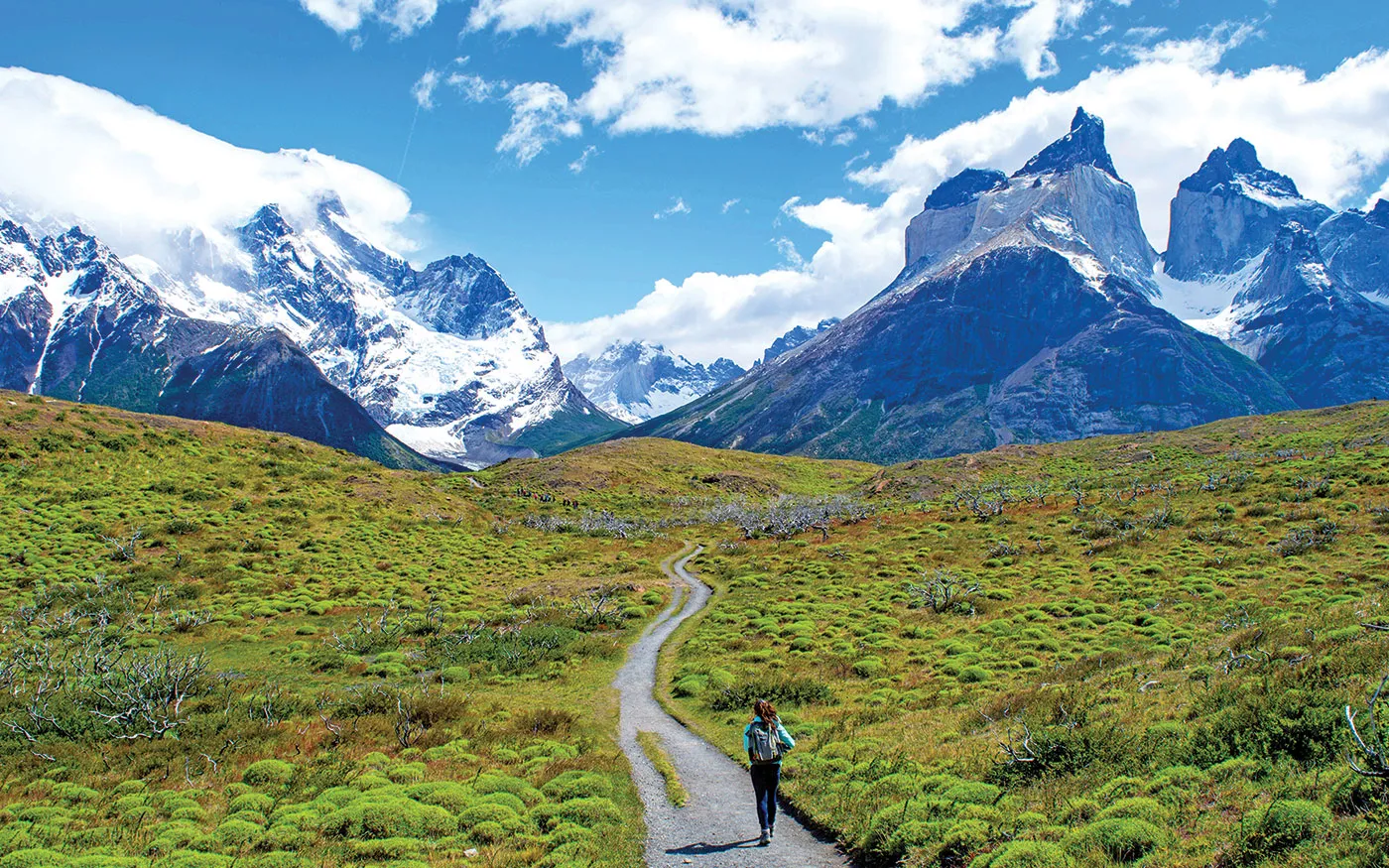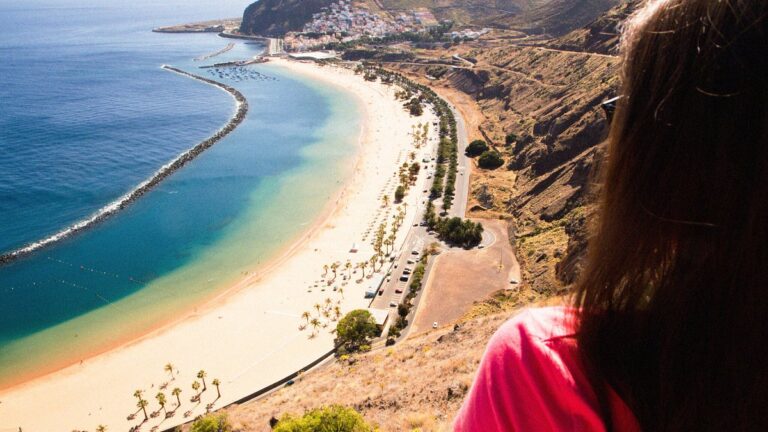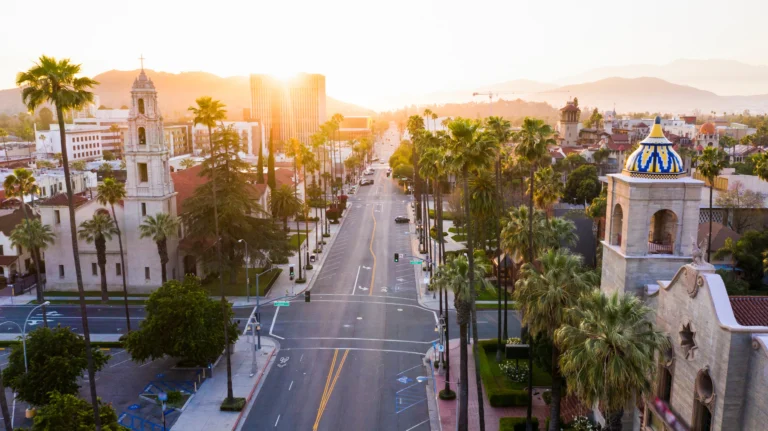The southernmost region in the world, excluding Antarctica, spans 1,042 million square kilometers and is shared between Chile and Argentina. Its boundaries are conceptual, encompassing three Chilean regions: Los Lagos, Aysén, and Magallanes. Commencing from Corcovado Bay in the north, it extends to Cape Horn, the southernmost point of the Tierra del Fuego Archipelago.
Patagonia’s geography is remarkably varied, showcasing diverse landscapes from north to south. Inquiries about the weather in Patagonia yield challenging responses due to the multitude of ecosystems and climatic conditions shaping these surreal landscapes.
Although Patagonia constitutes one-third of Chile’s territory, it is sparsely inhabited, with less than 5% of the population residing here. This is a region of untamed wilderness.
1. Corcovado volcano
Situated as the northernmost point in Chile’s Patagonia, the Corcovado bay is accessible by heading south from Puerto Montt, marking the commencement of the Carretera Austral, a road trip of epic proportions. As you journey from Chaitén, the majestic snow-capped peak of the Corcovado volcano comes into view. This stunning stratovolcano, with an elevation of 2,300 meters (7,500 feet), is visible even from the expansive Chiloé Island. Both the volcano and the surrounding region are integral parts of the Corcovado National Park, a breathtakingly preserved expanse featuring Valdivian rainforests, azure lakes, towering peaks, and meandering rivers in the Los Lagos region.
2. Queulat National Park
The Queulat hanging glacier stands as a concealed treasure in the northern stretch of the Carretera Austral. Nestled within the heart of the Queulat National Park, a pristine expanse covering 1,541 km2 (595 sq.mi.), this region boasts mountain glaciers and untouched evergreen forests. Within the park, two small ice fields exist, and despite the rapid retreat of glaciers, the Queulat glacier remains remarkably impressive, accompanied by a picturesque waterfall at its base.
To access the Queulat National Park, one must embark on a journey to Puyuhuapi in Chile’s Aysén region, with the park conveniently located approximately 30 minutes away from this point.
3. Cerro Castillo National Park
Situated 64 kilometers south of Coyhaique, the capital of Chile’s Aysén region lies this breathtaking nature reserve. While traversing the Carretera Austral allows you to catch a glimpse of its beauty, the true adventure lies in undertaking the complete trekking circuit—a multi-day hike leading through some of Patagonia’s most awe-inspiring landscapes, undoubtedly ranking among the region’s finest hiking experiences.
At the heart of this reserve stands the legendary Cerro Castillo, a mountain soaring to 2,675 meters above sea level (8,776 feet). Enveloped by glaciers, evergreen forests, lakes, and rivers, Cerro Castillo offers a paradise for hikers. Moreover, beyond its appeal to trekking enthusiasts, the area serves as a unique haven for wildlife enthusiasts, providing an opportunity for sightings of the endangered Southern Andean deer, known as huemul.
4. The Marble Caves
The marble caves constitute a national monument situated within the second-largest lake in South America, known as General Carrera Lake (referred to as “Buenos Aires” Lake in Argentina, as the lake shares its expanse between the two countries). These extraordinary formations are found near Puerto Río Tranquilo, approximately 223 kilometers south of Coyhaique. While it is approximated that the erosion of the marble caves commenced around 15,000 years ago, the marble itself boasts an age of approximately 300 million years.
Embarking on a journey to Puerto Río Tranquilo is a must if you’re traversing the Carretera Austral, offering the opportunity to sail or kayak through the mesmerizing turquoise waters surrounding the marble caves.
5. The Exploradores Valley
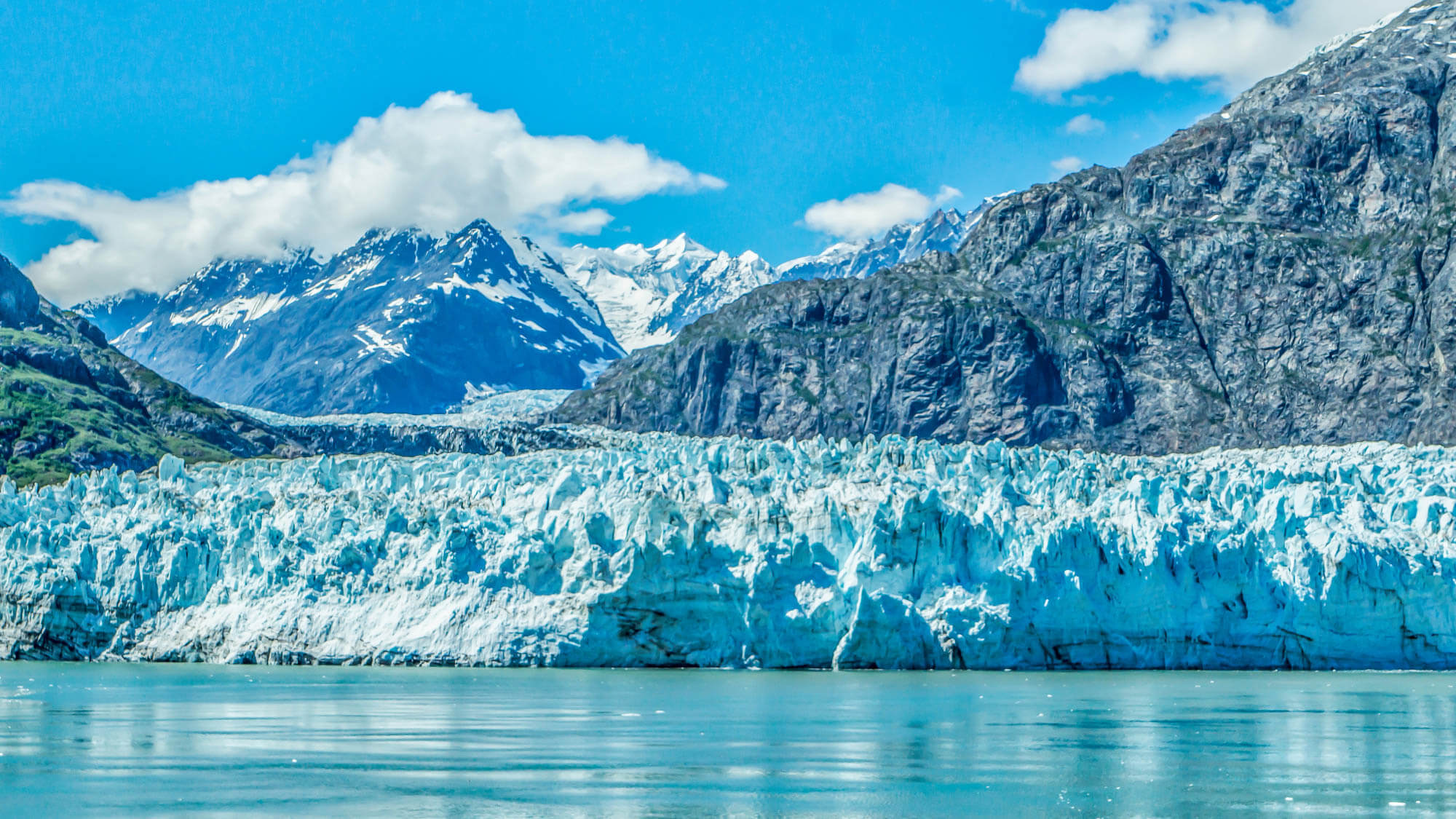
The Exploradores Valley, nestled near Puerto Río Tranquilo, often escapes the attention of many travelers who overlook the opportunity to traverse this enchanting region of evergreen forests and secluded mountain glaciers. Serving as a gateway to Laguna San Rafael and the Exploradores Glacier, this area is renowned for its glacier hiking experiences. Additionally, the landscape affords a glimpse of Mount San Valentín, the loftiest peak in Chile’s Patagonia, soaring to an impressive altitude of 4,053 meters above sea level.
“If you’re eager to plan this incredible tour, give us a call at +91 981-150-2655 to discuss your dream adventure: Talk to us!”
6. The Baker River
The Exploradores Valley, quietly tucked near Puerto Río Tranquilo, frequently eludes the notice of travelers who miss the chance to explore this captivating expanse of evergreen forests and isolated mountain glaciers. Functioning as a portal to Laguna San Rafael and the Exploradores Glacier, this region is celebrated for its glacier hiking adventures. Moreover, the scenery provides a captivating view of Mount San Valentín, the highest summit in Chile’s Patagonia, standing proudly at an elevation of 4,053 meters above sea level.
7. Patagonia National Park – Jeinimeni Area
In 2018, Patagonia National Park officially gained its status as a national park through a decree signed by former Chilean President Michelle Bachelet and Kris Tompkins, President and CEO of Tompkins Conservation. Initially a private nature park, it merged with other nature reserves, including Jeinimeni, to create an expansive and remarkable wilderness covering 260,000 hectares (640,000 acres).
This park boasts a rich tapestry of ecosystems, ranging from grasslands and riparian forests to wetlands. The diverse wildlife includes pumas, guanacos, condors, armadillos, and numerous other species.
While the entirety of the park is a visual delight, the Jeinimeni sector stands out as one of the most extraordinary destinations in Chile’s Aysén region. Accessible by driving to Chile Chico and then continuing for approximately half an hour to the trailhead, a straightforward 3 to 4-hour hiking circuit unveils some of the most breathtaking rock formations in Patagonia. Along the way, you’ll encounter cave paintings created by the ancestors of the Tehuelches, indigenous tribes that inhabited the area thousands of years ago; these ancient cave paintings are estimated to be around 10,000 years old.
8. Caleta Tortel
Nestled at the confluence of the Baker River and Pascua River as they flow into the Pacific Ocean, Tortel is a picturesque town positioned between the Northern and Southern Patagonian ice fields. This remote enclave holds the distinction of being one of the furthest towns in Chile, requiring approximately 7 hours of driving from Coyhaique (or around 2 hours and 15 minutes from Cochrane) to access this small commune.
What makes Tortel unique is its absence of conventional roads, replaced instead by extensive wooden walkways that stretch for several kilometers around the cove, known as “caleta.” This distinctive walkway system has evolved into an integral aspect of the town’s culture, serving both as a practical means of navigating the area and as a local tourist attraction.
9. Villa O’Higgins
Villa O’Higgins marks the final destination on your journey along the 1,200 kilometers of the Carretera Austral. This tranquil enclave, home to fewer than 700 inhabitants, boasts a remote setting that particularly appeals to hikers, offering stunning trails within the Glaciar Mosco Park. However, the ultimate highlight lies at the conclusion of the Carretera Austral, affording breathtaking vistas of the O’Higgins Lake, which straddles the borders of Chile and Argentina.
For those fortunate enough to encounter favorable weather conditions, an adventurous option involves sailing across the lake and embarking on a hike to Argentina, eventually reaching El Chaltén. It’s worth noting that allocating at least two days for this expedition is advisable.
10. Torres del Paine National Park
Step into the extraordinary Torres del Paine, the premier national park in Patagonia!
Encompassing a vast expanse of 101,414 hectares (448,280 acres), this pristine area in Chile’s Magallanes region showcases a mesmerizing blend of mountains, glaciers, forests, rivers, plains, and lakes. The park offers an array of spectacular hiking trails, catering to various preferences. Some trails are ideal for half-day or full-day hikes, such as the towers’ base and French Valley, while others are integral components of incredible multi-day treks like the W Trek and the O Trek—unquestionably among the finest trekking experiences in Chile’s Patagonia.
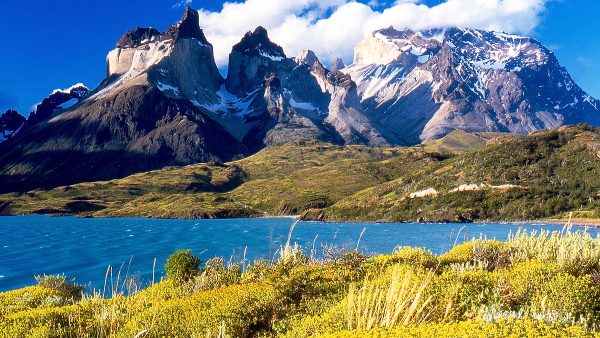
Torres del Paine also provides unparalleled wildlife encounters, boasting the highest density of pumas in the region. For those seeking adventure, a puma-tracking experience awaits. Amidst this natural wonderland, you’ll discover exceptional accommodations like EcoCamp Patagonia, the world’s first geodesic hotel, strategically positioned near the iconic three granite spires that lend their name to the park.
“If you’re eager to plan this incredible tour, give us a call at +91 981-150-2655 to discuss your dream adventure: Talk to us!”
Exploring Torres del Paine is a non-negotiable when visiting Patagonia, but bear in mind: that it demands time. Plan for a minimum of 4 days to fully immerse yourself in this “eighth wonder of the world”!
11. Tierra del Fuego
Discover the Tierra del Fuego Archipelago, situated off the southernmost tip of South America’s mainland, just beyond the legendary Strait of Magellan. This archipelago comprises the primary landmass, known as “Isla Grande de Tierra del Fuego,” along with an array of islands, including the Diego Ramirez Islands and Cape Horn.
Embark on a sailing journey from Punta Arenas to the main island, where you can encounter the Ping Kinguins, the world’s second-largest penguin species, in Bahía Inutil. Alternatively, sail or drive across the island to delve into expansive plains and forests. Here, you’ll encounter wild horses and guanacos, while witnessing condors gracefully soaring above the snow-capped peaks of the Cordillera Darwin. Take a hike in the vicinity of the captivating Yendegaia National Park or set your sights on Cape Horn, renowned as one of the world’s most perilous shipping routes—though undeniably breathtaking!
12. Navarino Island
Step into the southernmost city on Earth, Puerto Williams! Boasting a population of fewer than 2,000 residents, this quaint city serves as the launchpad for the “Navarino’s Teeth” (“los Dientes de Navarino”), home to the southernmost trek on the planet. Named for their jagged pinnacles resembling teeth, hiking through the Navarino’s Teeth offers an unparalleled outdoor adventure in Patagonia, with remote valleys and breathtaking mountains at the edge (or beginning?) of the world.
This challenging 6-day experience is tailored for seasoned hikers, given the absence of infrastructure along the circuit, with only basic campsites available. The difficulty of the hike varies based on ever-changing weather conditions.
To access Navarino Island, consider flying from Punta Arenas or sailing from the nearby Ushuaia in Argentina, with Puerto Williams situated on the opposite side of the Beagle Channel.
With these 12 Patagonian gems on your bucket list, peruse our tours to select your next destination in Chile, or reach out for additional information!
“If you’re eager to plan this incredible tour, give us a call at +91 981-150-2655 to discuss your dream adventure: Talk to us!”
Also Read
